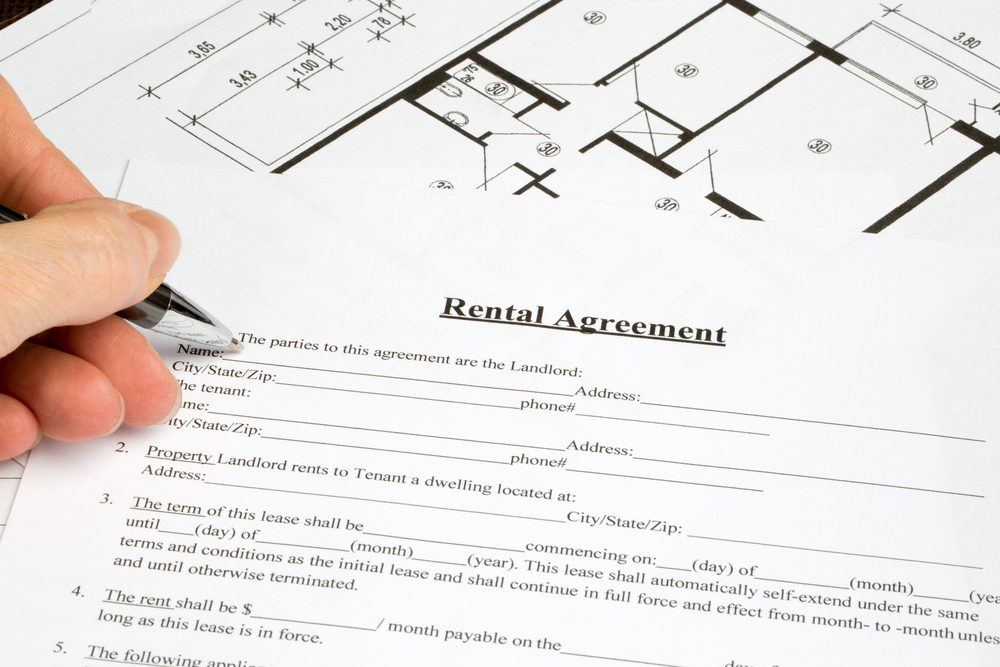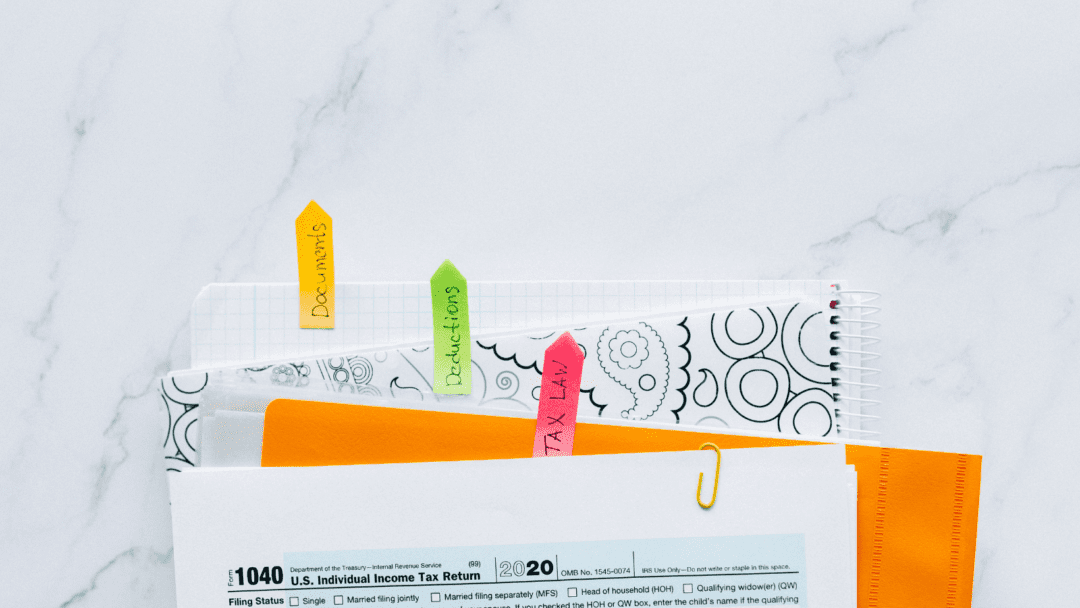
Renting is the most popular mode of obtaining accommodation, mostly for shorter stays but also for longer stays in countries where one lives outside their native country.
There are rules and procedures in place for safeguarding both parties.
In order to ensure the safety of the people involved, some specific documentation has been made mandatory prior to handling a rental.

A tenancy agreement is a legal treaty between a landlord and a tenant.
It outlines everything – from duties to amenities in a detailed description – that a landlord and a tenant have agreed to about the tenancy.
To comprehend the agreement thoroughly, the landlords can hire an attorney although it can be a bit costly.
The potential tenants can consult their own lawyer to examine the contract carefully and demand a recheck before finalizing the contract.
Malaysian landlords choose to draft their own tenancy agreement mostly. Then they ask their prospective tenants to accept it.
Here are the basic documents that need to be obtained prior to renting a property in Malaysia.

Mention the address of the home and the purpose of its rental.
In addition, indicate what kind of residential property is being leased.
The unit number of apartments or condos must be stated, and whether the entire house or only specific room(s) is to be rented.
If the house is partially or fully furnished/fitted, the owner should attach an inventory in the rental contract, which the tenant needs to verify before signing.
The landlord may include clauses to provide for routine inventories during and at the end of the contract.
State the start and end dates of the intended tenancy duration. In Malaysia, leases usually range from 1 to 3 years.
Monthly leases are also common. Either party may specify terms and conditions to allow the occupant to extend/renew the tenancy.
State the exact rent per month in the contract, alongside the due date and its manner or payment (bank deposit/transfer/cash).
Also state the exact amount the tenant needs to pay for Security Deposit, Earnest Deposit, and Utility Deposit.
The owner is obliged to pay all necessary charges for maintaining the property like quit rent, assessment fees, maintenance fees, charges to maintain or repair infrastructure like wiring, piping, posts, and beams.
The landlord must respect the rights of the tenant to privacy and provide the tenant exclusive usage of the property for the duration of the contract.
Annual property tax comes in this section. This tax has to be paid to the relevant authorities.
For this, insuring the property and paying insurance premiums are a must. Also, the furniture and other tools that were provided must be in good working condition.
For the landlords, there is another tax called rental income tax . This tax is paid for the money you make from renting out your properties.
Then comes real property gains tax (RPGT ). As a landlord, when you are profited from selling a property, you have to pay RPGT.
However, you can ask for a 50% income tax exemption on your rental income. The following criterias are for this income tax exemption –
General obligations of the tenant are paying rent on time, in addition to the deposits and utility fees.
The tenant is responsible for maintaining safety and cleanliness, and following necessary laws.
It specifies the impermissible activities on the property. If, for instance, renovations or modifications are disallowed without permission.
The use of property for entrepreneurial purposes, gambling or drugs may be forbidden.
The landlord may also add other clauses, such as limiting the occupants to a certain number or a single family.
This part states the dispute resolution process, if there are any misinterpretations in the agreement, or if there is dispute between the parties, unless clearly stated in the rest of the documentation.
Miscellaneous conditions and clauses that either the landlord or the tenant wants to incorporate in the rental agreement in Malaysia.
For expatriate tenants, concerned parties may want to include a clause giving the tenant the right to terminate the contract before full term if the tenant must relocate away from the current holding.
Many of the details have to be clearly documented and explained to prevent misunderstandings and disputes.

Alongside the monthly rent, landlords in Malaysia ask the tenants to pay some deposits –

After including all the above points, in the presence of a lawyer, and making appropriate payments, the contract is signed by the tenant and the owner.
Both the parties have to attend the ‘ink the deal’.
Even if each party signs the deal, it has to be stamped by the Malaysia Inland Revenue Authority or Lembaga Hasil Dalam Negeri Malaysia (LHDN).
The agreement will not be legally approved without it.
Nevertheless, before it is sealed by LHDN, you have to pay the Stamp Duty.
Who is responsible to pay the stamp duty fees?
The tenant pays for the stamp duty fees in Malaysia. The third schedule of Stamp Act 1949 shows it. Stamp duty for a tenancy agreement varies with rent and duration.
| Usual yearly rates are RM1 for every RM250 above RM2400. |
| For 1-3 yearly rates, it rises to RM2. |
| For 3 years, it becomes RM4. |
Administration fees and legal fees are the two other fees that you have to know about while drafting your tenancy agreement.
The administration fees are based on the monthly rental amount. It is a one-time charge, and the tenant has to pay this fee to the seller.
The general recommended guidelines for admin fees are :
| Rental Per Month | Probable Admin Fees |
| RM100 | |
| > RM1,000 to RM1,999 | RM150 |
| > RM2,000 to RM3,000 | RM200 |
| > RM3,000 to RM4,000 | RM250 |
| > RM4,000 | RM300 |
However, the final amount will be decided after the consideration of the landlord or real estate agency.
The legal fees are somewhat different from the stamp duty and admin fees. This fee depends mainly on the duration of the tenancy.
The baseline of this duration is 3 years (either less or more than 3 years).
So, how to calculate legal fees for a tenancy agreement in Malaysia? Below is a basic guideline for this –
When the rental period is less than three years:
When the rental period is more than three years (lease):
Usually in Malaysia, both tenant and landlord split the legal fees as they see fit.
Download the tenancy agreement templates here:
In simple terms, a convenient tenancy agreement will help you as a landlord to deal successfully with the tenants while avoiding future disputes.
So make this document ready before getting into the rental market!
Still confused about what makes up a tenancy agreement? Not to fret, IQI has a number of real estate professionals ready to help you solve your confusions!
Submit your details below to get connected to an expert today!